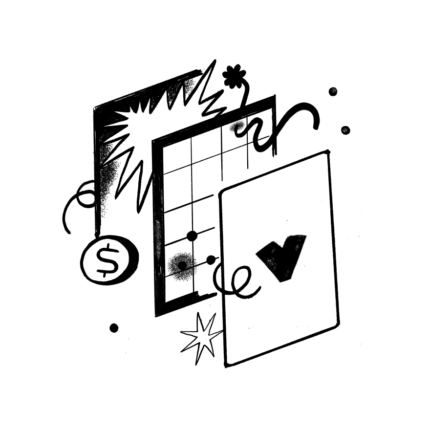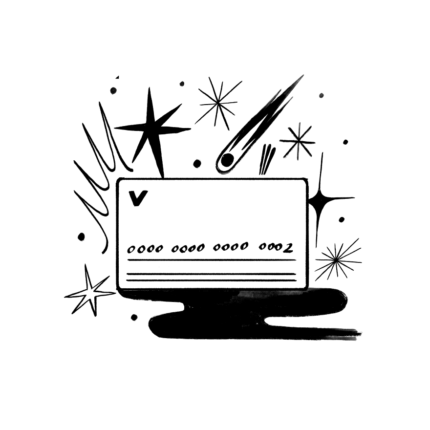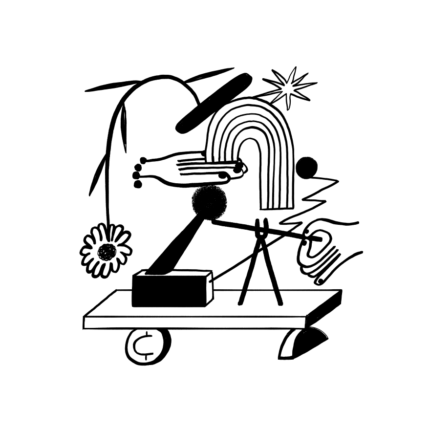
3 ways to invest in yourself
Use the start of the year to, er, start fresh! Make the most of the many investment options that we well within your reach, including a health savings account (HSA).
According to the Merriam-Webster Dictionary, “smart” means clever, knowledgeable, or shrewd. Doesn’t that sound like you? And it’ll never be truer than right now, this year, right? Right.
Here are some ways to start investing in yourself this year (because if not now, when?).
1. Supersize your 401(k) match
Do you have extra money within your reach and don’t even know it? You might if you work for a company with more than 100 employees. Medium to large-sized companies may offer a 401(k), a retirement savings plan sponsored by an employer.
Contributions to a traditional 401(k) are deducted from your paycheck before the money is taxed. This pretax contribution reduces the number of your current wages subject to tax, so putting money in your 401(k) lowers your tax bill overall.
But the extra money I referred to? That’s the employer matching contribution, a huge benefit of a 401(k). Did you know that employers match employees’ contributions by 50 cents for every dollar an employee contributes, up to 6% of pay? That’s gravy! According to the Plan Sponsor Council of America, companies contribute an average of 4.8% of an employee’s pay to their 401(k) account. And get this: some employers may contribute to workers’ 401(k)s even if employees don’t put in their own money.
If you aren’t contributing enough to get the maximum employer match, maybe this year is the time. According to Alicia Adamczyk, CNBC money reporter, “an employer match is often referred to as ‘free money,’ but a better way to think about it is as part of your total compensation package. You want to contribute up to the match so that you’re getting all of the money your employer owes you—and padding your retirement savings.”
2. Fund your HSA for 2022 and beyond
HSAs are a great means by which to invest in yourself. As a triple-tax-advantaged account, they’re also a great way to save for health care expenses. Sure, you may initially use them to pay today’s medical bills, but how you do go one step further? Think marathons, not sprints. Because a health savings account also has great long-term retirement savings benefits.
Other retirement plans are taxed either before the money is contributed, or when you make withdrawals… but not with HSAs. And lucky for you, your contributions, as well as the return on your investments in the plan, are tax-free if you stick to using them for eligible medical expenses.
Another source to increase the funds in your HSA? Find out if your employer contributes to your health savings account. That could be a significant amount of money in the bank. And, well, you’ve seen the statistics: Health care takes up the largest portion of retirement spending. HSAs are an excellent way to prepare for this scenario.
3. Crush credit-card debt
Do you know if you’re carrying credit card debt? And if you are, how much? Well, regardless of the amount, you’re not alone. Americans owe an average of $5,554 in credit card debt, according to a TransUnion report.
When you make a late payment or don’t pay the full balance of your credit cards, you’re paying extra money to credit card companies. They profit and you lose because the expense of borrowing is making your life harder to pay off your credit cards.
So let’s run the numbers.
Say you have a $5,554 balance on a credit card with a 15% annual percentage rate. You make a minimum monthly payment of 2% of the balance… it will take you more than 28 years to pay off what you owe, according to Bankrate credit card calculator.
Your total payments including interest will total $13,995.03. And that’s 2 1/2 times more than you originally owed! It’s money you could be saving and putting in your 401(K), your HSA… you get the idea.
And because this is your year, and you’re going to spend it investing in you and your financial well-being, right? Right.


